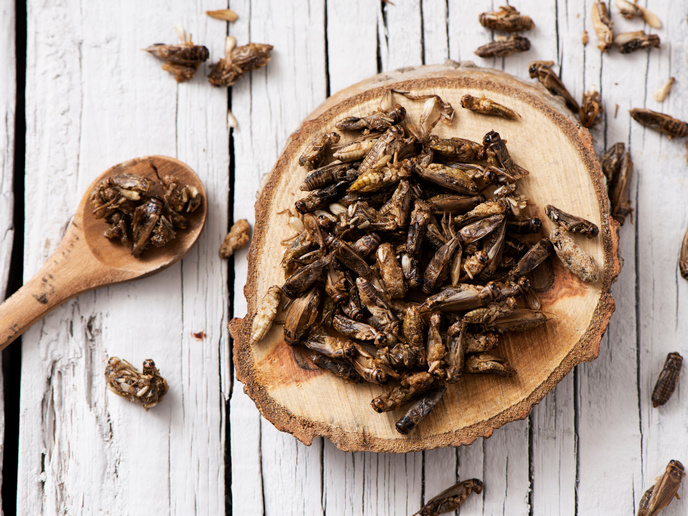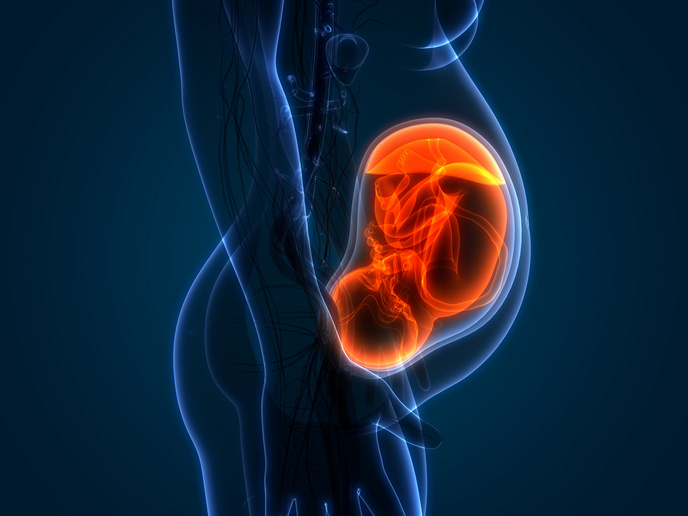A novel probiotic formula against antibiotic-associated diarrhoea
Clostridium difficile (CD) is a growing problem in health care facilities and is associated with antibiotic resistance. Antibiotics such as clindamycin, cephalosporins, fluoroquinolones and ampicillin destroy the intestinal microbiota and lead to the opportunistic growth of CD. CD also causes colitis through the production of toxins. Probiotics are microorganisms, mainly bifidobacteria, which upon ingestion in adequate amounts provide certain health benefits to the host. They are among the first anaerobic bacteria to colonise the human and animal gastrointestinal (GI) tracts and exert antimicrobial activity against pathogenic microorganisms. Looking to develop a treatment for antibiotic-associated diarrhoea, the EU-funded QUALVIVO(opens in new window) project proposed identification of viable strains of probiotic bacteria and develop a probiotic supplement. The QUALVIVO tailor-made formula consisted of normal intestinal lactic acid bacteria (lactobacillus and bifidobacteria) and specially selected carbohydrates such as oligosaccharides and starch for the chosen lactic acid bacteria. Detailed information is available on the project website. Bifidobacteria reportedly contain enzymes that degrade polysaccharides like starch. During the QUALVIVO study different strains of bifidobacteria were tested for their ability to degrade plant-derived or chemically-modified starches. Among the criteria used to screen the probiotic microorganisms were the ability to degrade prebiotics, demonstration of antimicrobial activity against pathogens, and ability to bind and grow in the GI tract. Large bacterial cultures were fermented from small batches and subjected to repeated freeze–thaw cycles. They were then mixed with prebiotics and tested in vivo in mice. Results led to the selection of optimal probiotics and prebiotics mixes that conferred protection of antibiotic-treated mice against CD infection. QUALVIVO's thorough investigation on probiotic strains and prebiotic compounds culminated with the generation of an optimal synbiotic combination. Subject to successful testing in humans, this formula constitutes a promising approach for treating antibiotic-associated diarrhoea.







